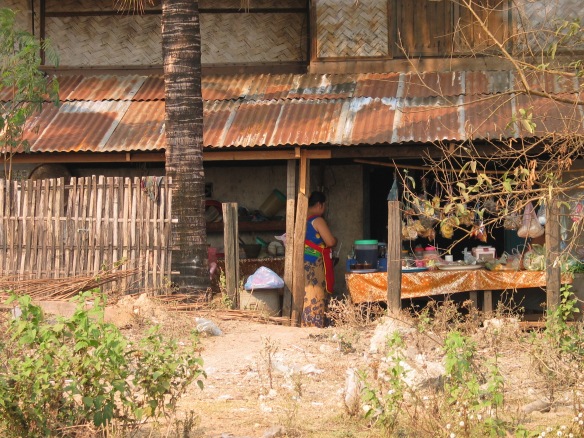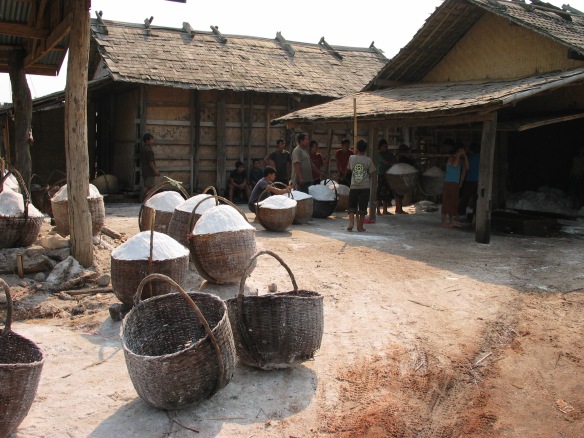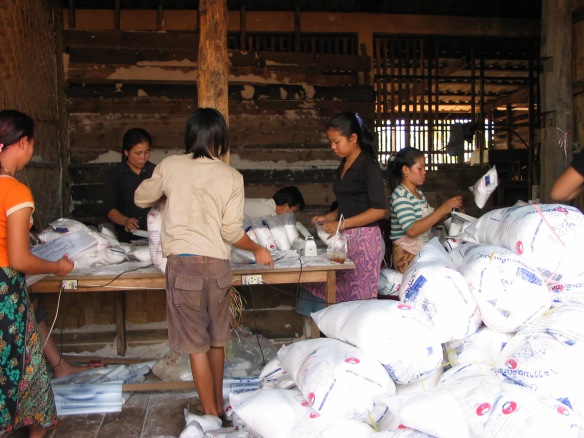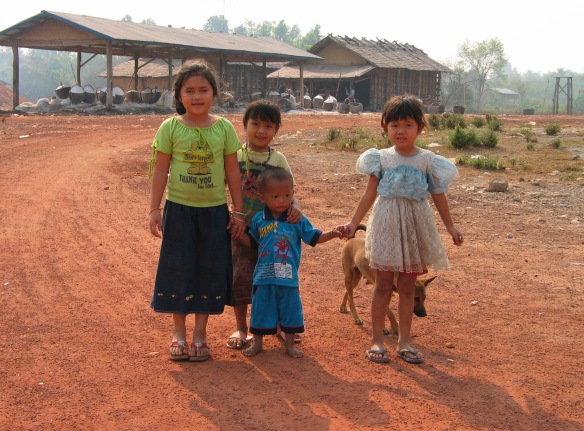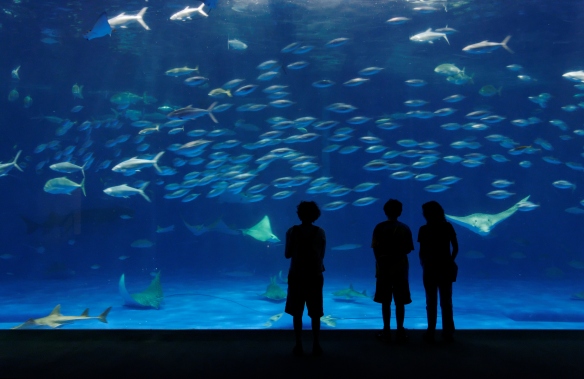I spent most of a chilly Sunday diving into an increasingly deeper series of rabbit holes. A theater friend and I were talking about seeing plays in London, and I mentioned that the greatest performance I’d ever seen was a production of King Lear. Interested, my friend asked if I recalled who had directed, who played Lear, which theater I saw it at,
I told him it might have been the Royal Shakespeare Company, maybe in the Barbican Theater? And then I completely blanked on who was in the cast. It was at least twenty years ago, after all. I realized how fuzzy my memories were.

Those memories wouldn’t stop teasing me, so a couple days later I dove down the Internet rabbit hole to see what I could retrieve….
“My wits begin to turn.
Come on, my boy: how dost, my boy? art cold?
I am cold myself. Where is this straw, my fellow?
The art of our necessities is strange,
That can make vile things precious. Come,
your hovel.
Poor fool and knave, I have one part in my heart
That’s sorry yet for thee.” – King Lear (Act III, Scene ii)
I began with the Royal Shakespeare Company website and none of the actors from their King Lear productions in the early 90s looked at all familiar from the show I’d seen with my sister, nor did the staging… where to look next?
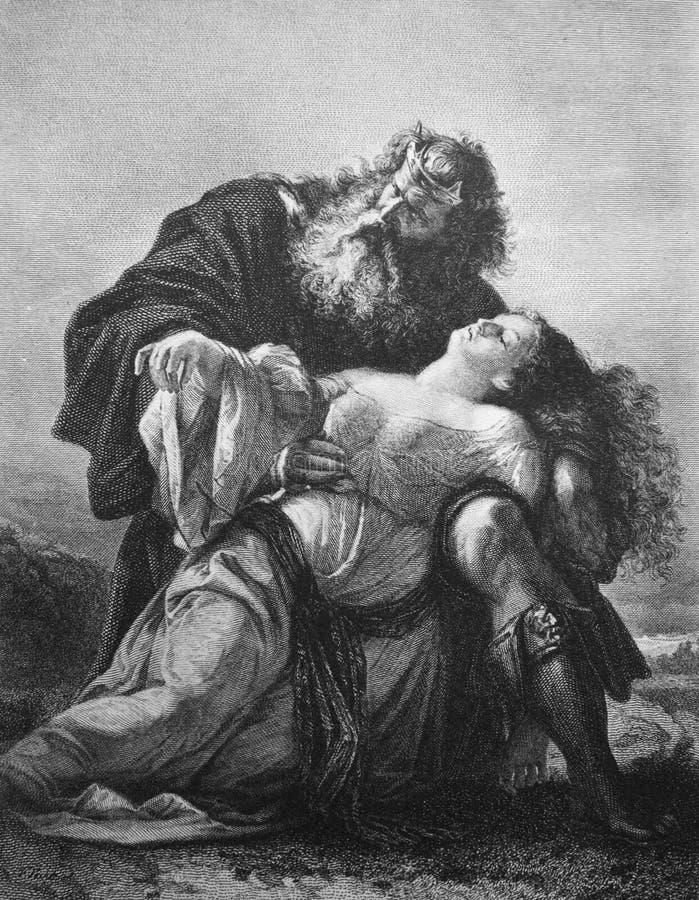
The only detail I remembered clearly is that not long after I was in London a film about the Troubles came out, it had a wild plot, I’ve certainly never forgotten that plot, and I’d recognized the actor who’d played Edmund, who (in my opinion) had been the weakest actor in the King Lear cast. But I couldn’t recall the name of the film, so I googled films released in the 1990s about the Troubles in Ireland and there it was, The Crying Game, of course, and I clicked on the link to the movie’s website and tracked down the name of the actor again, then googled him for playing in King Lear, and leapfrogging across websites I finally landed on the Royal Court Theater, and the English Stage Company, and their 1993 King Lear. Not at all the RSC or the Barbican, but with a jolt I recognized several names from the cast, male actors who have gone on to have illustrious acting careers, Tom Wilkinson as King Lear, I remember being electrified by the anguished resonance of Lear’s speeches on the heath and how I’d believed every word he spoke. And of all people portraying The Fool it was Andy Serkis, now wildly successful and better known to audiences as Gollum. As The Fool his character was a shaved head cross-dresser in heels, the play was staged with Lear as a retiring general/leader, in Eastern Europe maybe, and at the end The Fool was dead, hanging in the air from the end of a noose for an entire scene, it was horrifying, my sister and I talked a lot after the show about how uncomfortable it must have been for the actor playing The Fool to remain motionless for so long. The next day I traveled down yet another rabbit hole for the other members in the cast, and discovered Edgar had been played by none less than a young Ian Glen – yes, him – Ser Jorah Mormont of Game of Thrones.
After these revelations I had long phone calls with both my sister and my best friend about how incredible and wonderful, magical, mind-bendingly great those performances were, and my God it wasn’t twenty years ago, it was thirty years ago,
and I am quite sure I’ll never see a production to match that one ever again, ever, and I shall die a lucky and changed human being, a better person for having watched and listened to Tom Wilkinson, Andy Serkis, and Ian Glen in what is possibly the greatest play ever written by the greatest writer who ever lived.
This post is especially dedicated to Thomas Geoffrey Wilkinson, born on this day 5 February 1948 in Wharfedale, Yorkshire, England. Mr. Wilkinson has been nominated twice for the Academy Award and has won the British Academy Film Award, Primetime Emmy Award, and a Golden Globe. But for me he is forever King Lear, baying on the heath. -Jadi
NOTES: I even tracked down some photos! Andy Sirkis as The Fool: www.photostage.co.uk, King Lear, The Fool, Edmund and Kent: www.photostage.co.uk ©Jadi Campbell 2022. Image of Lear and Cordelia courtesy of Dreamstime.
My books are Broken In: A Novel in Stories, Tsunami Cowboys, The Trail Back Out and Grounded.
Click here for my author page to learn more about me and purchase my books.










 I couldn’t resist the piles of beautifully plaited and stamped breads,
I couldn’t resist the piles of beautifully plaited and stamped breads,
 as well as the stacks of sesame and bean paste desserts…
as well as the stacks of sesame and bean paste desserts…


 If the road is even there, that is. What follow are photos of a road in north central India that had – vanished.
If the road is even there, that is. What follow are photos of a road in north central India that had – vanished.










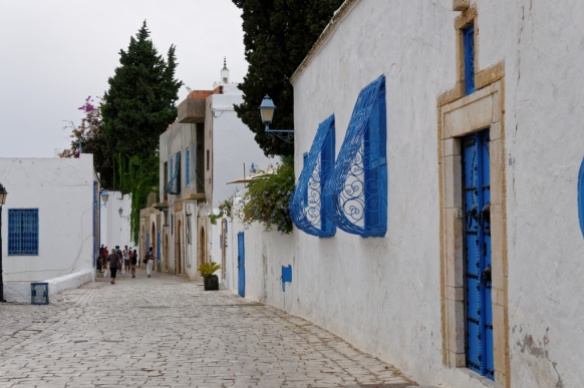




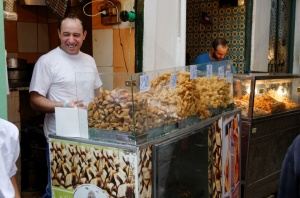




 Author and journalist Mark Kurlansky was born December 7, 1948 in Hartford, Connecticut. He has written about oysters, cod, salt, salmon, milk and paper – among other topics. His writing is engaging and informative. I have copies of Cod: A Biography of the Fish That Changed the World (an international bestseller translated into more than 15 languages) and Salt: A World History. His book
Author and journalist Mark Kurlansky was born December 7, 1948 in Hartford, Connecticut. He has written about oysters, cod, salt, salmon, milk and paper – among other topics. His writing is engaging and informative. I have copies of Cod: A Biography of the Fish That Changed the World (an international bestseller translated into more than 15 languages) and Salt: A World History. His book 